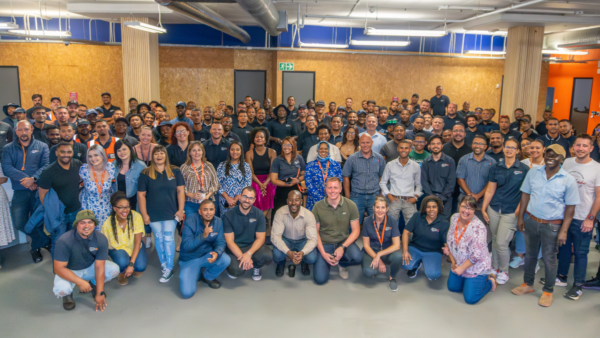To Fibre, or not to Fibre?

Internet users’ needs have come a long way from the World Wide Web’s slow start in the late 20th century.
Instead of carefully clicking through static websites, most internet users nowadays stream HD shows and movies from distant servers, download and share massive work files, or play online games in real time with friends from all over the world.
Luckily for us, internet technology has done a great job of keeping up with the ever-growing demand.
By now, everyone is familiar with Fibre Internet – but how many people actually know what it is?
What distinguishes Fibre from other sources of Internet, like ADSL, LTE, or even your cellphone’s mobile network?
We’ll be going through some of the options, and having a look at how Fibre stacks up against alternative home internet solutions.
What is Fibre?
Not too long ago, most home Internet systems made use of DSL to facilitate an Internet connection – the same technology that connects your telephone lines.
DSL has some great advantages (like wide availability and inexpensive costs), but also suffers from critical drawbacks like much slower speeds and range.
Recently, DSL has declined in popularity and availability as Fibre and other options have taken great strides in accessibility, price, and speed.
Instead of using telephone cables to transfer information, Fibre makes use of optical fibre cables to transmit data via light.
This allows for exponentially faster internet speeds and much lower latency when connecting online.
While Fibre used to be much more expensive than DSL connections, expanded availability and infrastructure make it increasingly affordable and allow more users to experience the high speeds Fibre can provide.
Another popular choice is LTE, which relies on satellite mobile networks, and uses similar technology to your cellphone.
The advantage with an LTE router is that you don’t need to do any setup – as long as you have a mobile internet connection, your router, and a SIM card, you should be good to go.
This also makes it a great option for more remote areas where Fibre is less widely available.
With a 5G connection, LTE devices can easily reach high speeds, but they can also be more sensitive to weather changes and network loads.
Afrihost Pure Fibre
Afrihost makes full use of South Africa’s growing Fibre network to provide its clients with reliable, high-speed internet.
Working with a growing number of Fibre providers, Afrihost is committed to providing high-speed and reliable Fibre as widely as possible.
Afrihost keeps pushing to make the internet easily accessible to everyone, which is why they make their products easy to sign up for, cancellable at any time (at no extra cost), and flexible to suit each client’s needs.
With Afrihost Pure Fibre, you can get uncapped, unshaped, and unthrottled Fibre from only R317 pm, or make the most of Afrihost’s flexibility with a Prepaid plan.
Whether you need to view online documents, want to stream your favourite shows, or prove your skills in online games, Afrihost will have an option that fits your needs and budget.
Click here to learn more about the options Afrihost Pure Fibre has to offer.
*Ts&Cs apply. Pricing correct at time of publication.
Afrihost reserves the right to change the promotion at any time. E&OE.
For full product details and terms, visit https://www.afrihost.com/fibre.
































